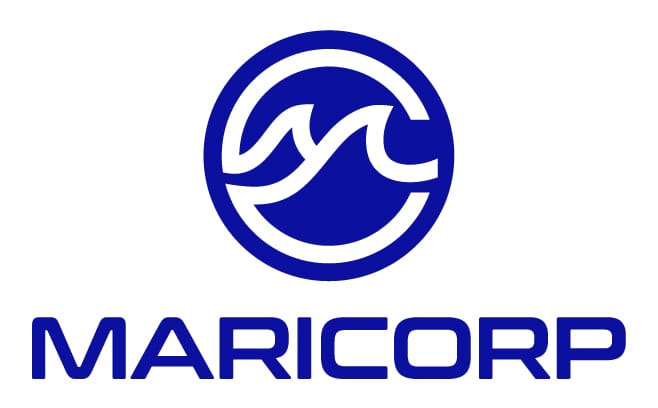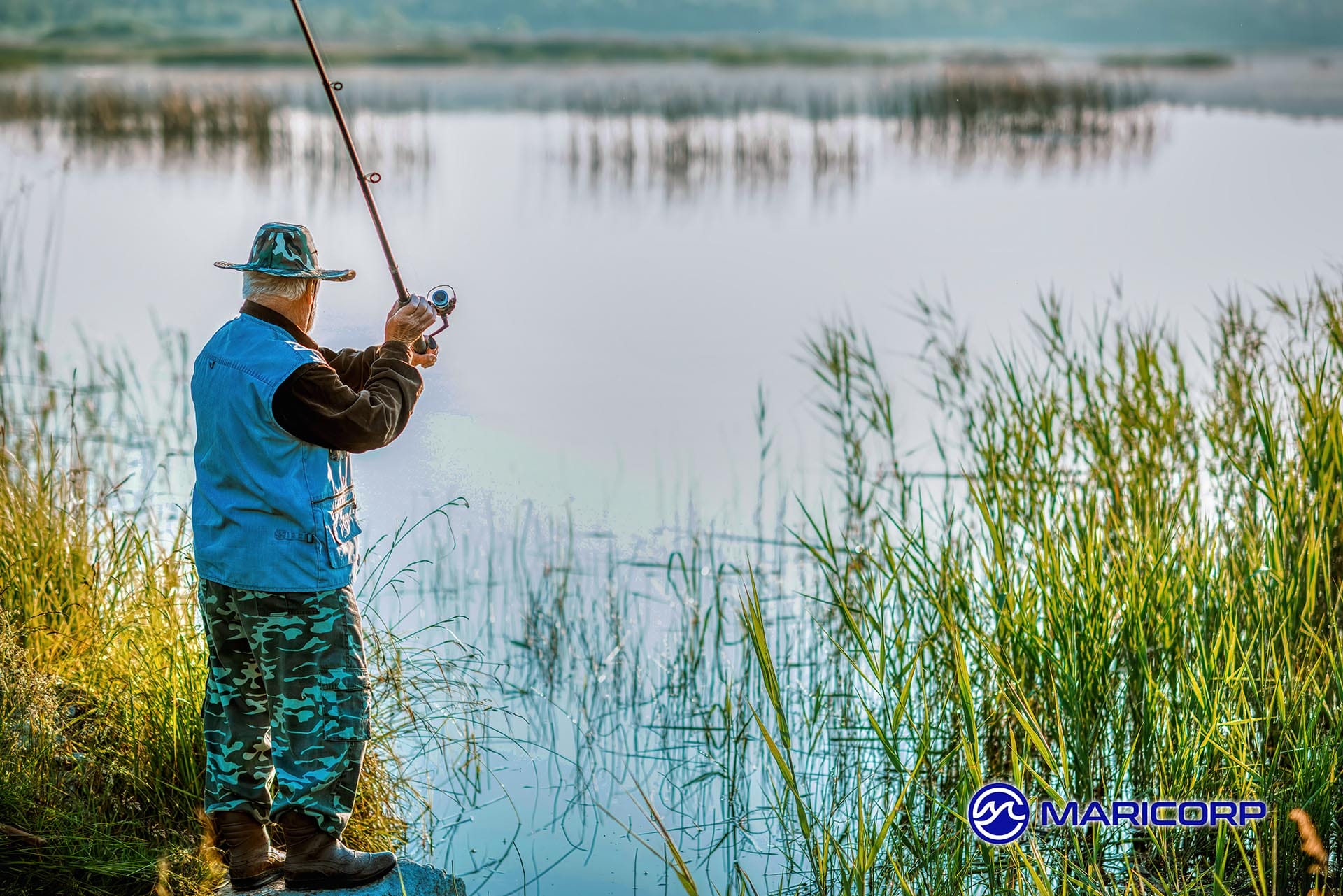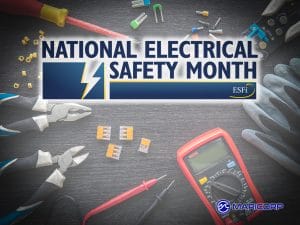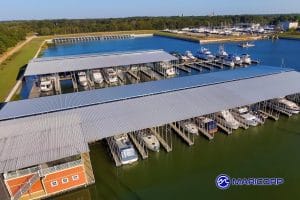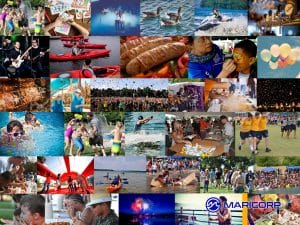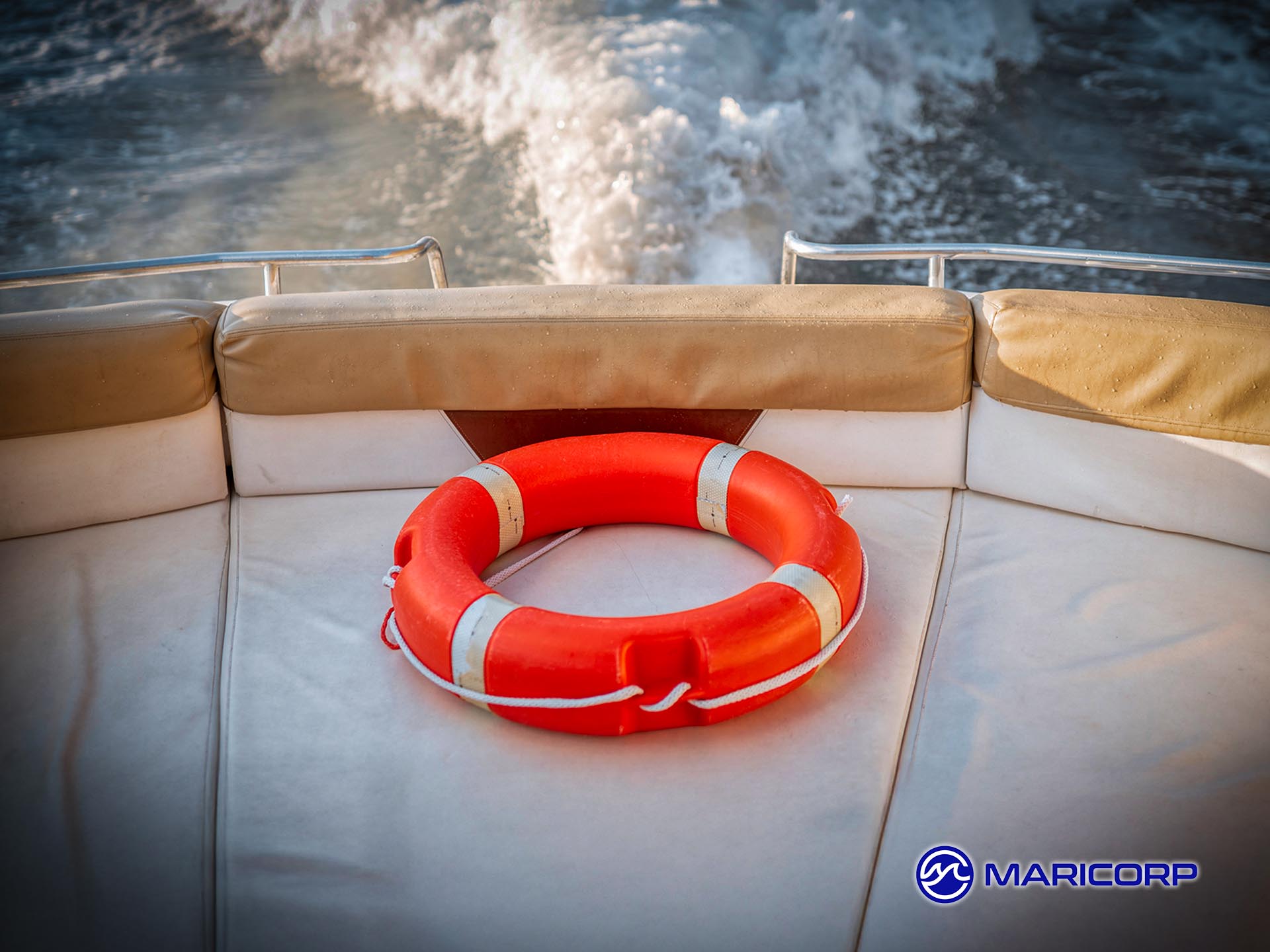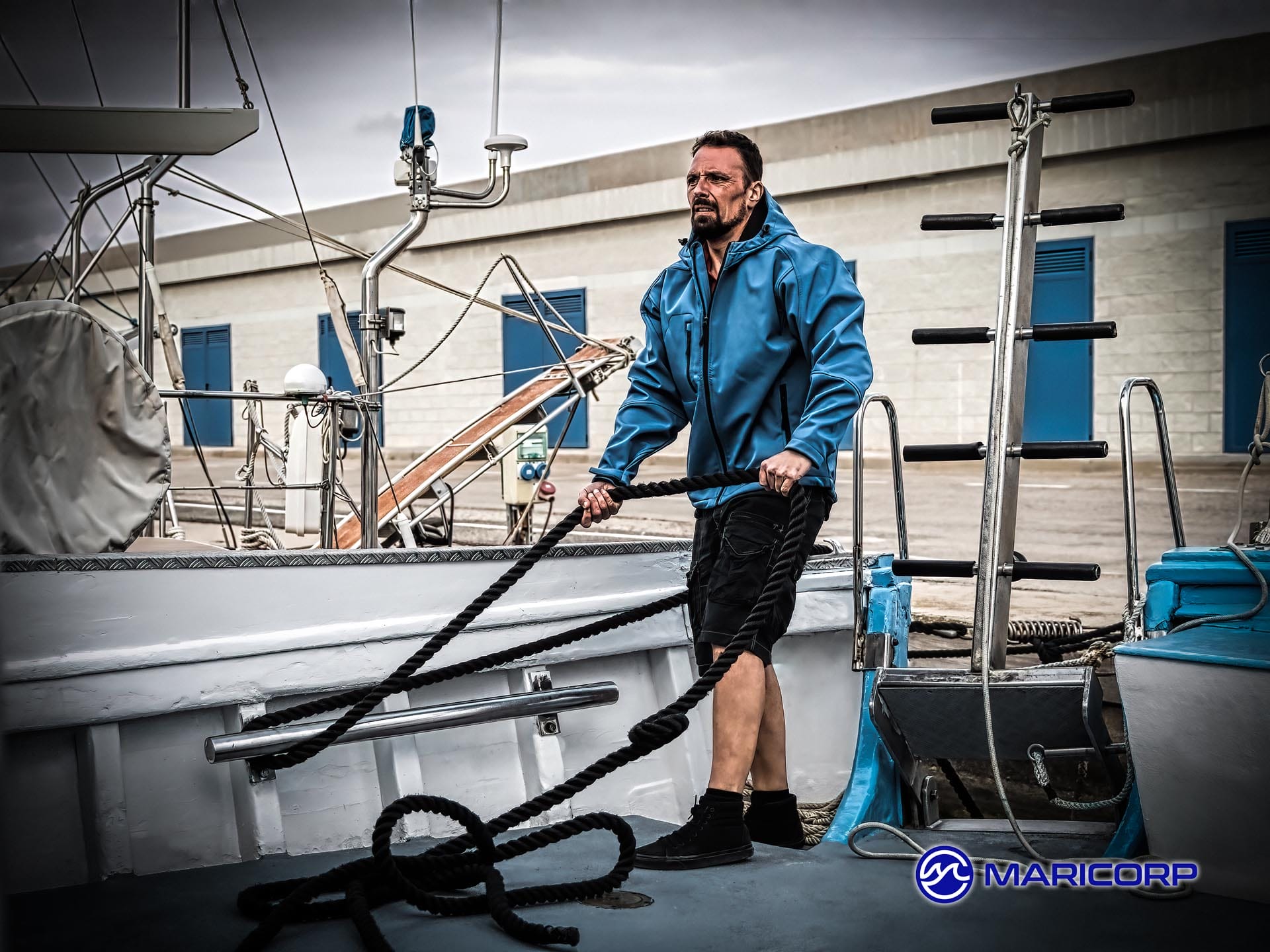History of Wildlife and Sport Fish Restoration Program
Program has been renamed Office of Conservation Investment
Formalized by President George Bush in 2002, National Fishing and Boating Week had variations in every state before it became official, dating back to the 1950’s, when it was known as the The Federal Aid in Sport Fish Restoration Act of 1950, or Dingell-Johnson Sport Fish Restoration Act. This act was designed to restore, enhance and manage sport fishery resources. In addition to the spot fishery projects, by a series of amendments, this legislation allows for the development and maintenance of boating access facilities and aquatic education programs.
The Dingell-Johnson Sport Fish Restoration Act established a program of matching federal grants to states and U.S. territories to restore and manage “all species of fish which have material value in connection with sport or recreation in the marine and/or fresh waters of the United States.” In order for states to receive funds, all funds generated through fishing license fees had to be earmarked to the administration of their state fish agency.
Funding was derived from federal excise taxes and import duties collected on various accounts and put in a special account, the Wildlife and Sport Fish Restoration and Boating Trust Fund. Initially, only fishing rods, reels and creels were taxed, but amendments over the years have added to the list of taxable items. The biggest increase in taxable items was in the 1984 Wallop-Breaux Act which grew tax to encompass motorboat fuel – now the main source of funding for Dingell-Johnson revenues.
This past March, the Wildlife and Sport Fish Restoration Program changed its name to the Office of Conservation Investment, to more accurately reflect its current responsibilities and close work with and mission support, of the U.S. Fish and Wildlife Service.
Items currently taxed by the Sport Fish Restoration and Boating Trust Fund*:
- The portion of federal fuel taxes (18.4 cents per gallon) attributable to motorboat fuel in the Highway Trust Fund
- The portion of federal fuel taxes attributable to gasoline used in small outdoor engines in the Highway Trust Fund, e.g. lawnmower, snowblowers, etc.
- Fishing equipment
- Import duties on fishing equipment, pleasure boats and yachts
- Electric and gas outboard motors
The revenues generated from these taxes vary year to year both in total and by specific type of taxable item. Based on annual averages, FWS reported the following*:
- Gas (motorboats): 57%
- Gas (small engines): 15%
- Domestic fishing equipment: 14.5%
- Import duties (boats, fishing tackle): 6%
- Interest: 7%
- Electric outboard motors: 0.5%
After monies are deposited into the Sport Fish Restoration and Boating Trust Fund, they are deducted annually for the following uses:
Program Administration*:
- Multistate conservation ($3 million)
- Sport Fishing and Boating Partnership Council ($400K)
- Four interstate fisheries commissions ($800K)
Remaining funds are used for the following:
- Coastal wetlands protection
- Grants to states and nonprofits for recreational boating safety programs
- Pump-out and dump stations to dispose of recreational boating sewage
- Matching grants to states to install for upgrade facilities for recreational boats 26′ or longer (typically transient docks or courtesy docks)
- Recreational Boating and Fishing Foundation outreach communications program
- Grants to states under the Sport Fish Restoration Program
More detailed information on the dispersal of funds regarding National Fishing and Boating Week 2024 and the related legislations can be found at the Wildlife for All website.
For more information about the History of Wildlife and Sport Fish Restoration Program, visit the U.S. Fish and Wildlife Service. For additional information about the Office of Conservation Investment, visit their website.
Additional articles:
- 6 Basic Boating Safety Tips
- National Safe Boating Week 2025
- 5 Marina Safety Programs and Tips
- Choosing A Life Jacket – The First Step to Boating Safety
About MariCorp
Maricorp is one of the largest floating boat dock manufacturing and construction companies in the United States, specializing in galvanized steel floating docks and boat lift systems. With projects spanning coast-to-coast, Maricorp provides marina consultation and design, marine construction, marina repair and renovation, and boat dock disaster response and demolition.
